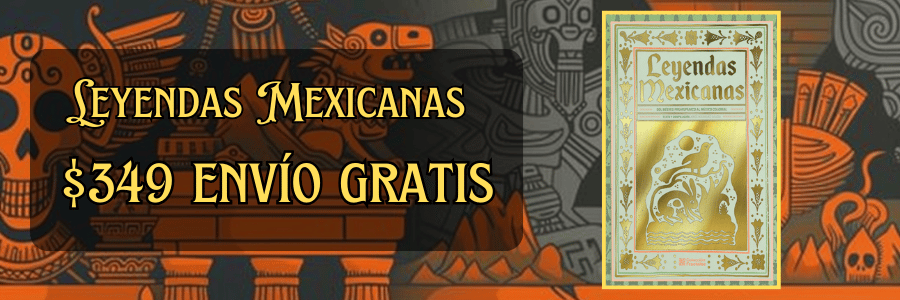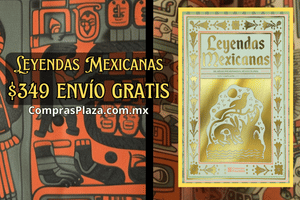Aztec Medicine: Herbs, Remedies, and Spiritual Healing
Aztec medicine, a holistic and intricate system developed by the Mexica civilization, represents a profound fusion of herbal knowledge, spiritual manifestations, and elements of cultural tradition. The ancient Aztecs viewed health and illness through a lens that integrated both the physical and the metaphysical realms, thus shaping their medical practices in a manner that transcended mere pharmacology. In this extensive exploration of Aztec medicine, we will delve into both herbal remedies and the spiritual dimensions that permeated the healing processes of this noteworthy civilization.
The Aztecs, who flourished in Mesoamerica from the 14th to the 16th centuries, possessed an extensive catalog of medicinal plants that they cultivated and harvested. These plants formed the cornerstone of their healing practices, which were as much about restoring balance to the body as reinforcing the spirit's connection to the surrounding universe. Herbalism was deeply embedded in the daily lives of the Aztecs, forging a unique relationship between humans and their natural environment. Distinct botanical knowledge was often guarded closely within families and the priestly class, thus maintaining a rich tradition of natural healing practices.
One of the most widely recognized aspects of Aztec medicine was the use of herbal remedies. The knowledge surrounding which plants to use for various ailments was passed down through generations, revealing a nuanced understanding of botany and human physiology. Catnip, known as "nepeta" within the Aztec lexicon, was employed to alleviate digestive problems, while peppermint served as a remedy for colds and respiratory issues. The Aztecs also utilized a variety of herbs such as "epazote," which was commonly used for expelling parasites, and "tlahtli," known for its anti-inflammatory properties. Beyond these practical applications, many plants were imbued with cultural significance and served as sacred entities in rituals that honored their powers.
Additionally, the Aztecs understood the importance of the ritualistic context of medicine. Healing was not just a physical restoration but an engagement with the spiritual world. The act of healing often involved ritual prayers, offerings, and even sacrifices to appease the gods and supernatural deities believed to control health and sickness. The Aztecs practiced "tonalism," which is the belief that each person has a "tonal," or spirit animal, that influences their physical and mental well-being. This belief system dictated therapeutic choices, leading to personalized treatments that honored the individual's cosmic connection.
The physician-priests, who were the custodians of medical knowledge, played a crucial role in this system. They were well-versed in the use of herbs, the application of massage, and the implementation of various treatment techniques, often informed by their extensive training in the sacred arts. The priestly class not only treated the sick but also engaged in various rituals designed to heal the spirit. These practitioners often wore distinctive garments and participated in elaborate ceremonies that underscored the connection between their roles as healers and intermediaries with the divine.
The Aztec calendar, with its cyclical understanding of time, greatly influenced their views on health. Certain days were deemed auspicious for healing practices, dictating when specific remedies should be administered. The concept of "tlazohcamati," which translates to gratitude, was an essential aspect of Aztec medicine, encouraging individuals to express thanks to the natural world for its healing properties and to the gods for their divine guidance. This spiritual indebtedness manifested in the rituals surrounding herbal use, as offerings were made to ensure favorable outcomes.
Among the broader trends in Aztec medicine was the awareness of diagnostics. Physicians utilized clinical observations and personal narratives from the patients to inform their understanding of an ailment. Symptoms were interpreted not only through the lens of physical malady but also through the framework of spiritual health. This multifaceted approach allowed healers to address underlying emotional states and traumas which could potentially influence physical symptoms. The assumption was that an uninhibited spirit equated to physical health; thus, emotional and psychological well-being were intertwined with the healing process.
Another significant aspect of Aztec remedies was their application in tying individuals back to their cultural roots. Rather than merely treating ailments, these practices reinforced the ties to community and identity. Community members gathered to share knowledge of healing plants, creating a collective memory of medicinal uses passed through generations. These gatherings also reinforced social bonds and played a vital role in cultural continuity, as communal practices often included storytelling, dance, and music—activities that were integral to the collective healing experience.
Through conquest and colonization, many aspects of Aztec medicine risked being lost; however, elements of these ancient practices survived, blending into the fabric of modern-day healing traditions still present in Mexico and parts of the southwestern United States. Various herbal remedies remain in circulation, often employed alongside more contemporary medical practices. The enduring legacy of Aztec medicine speaks to the resilience of indigenous knowledge and practices, revealing a tapestry of healing that has withstood the test of time.
The use of "tezoatl," a sacred herb believed to have the power to communicate with the divine, serves as an example of how spiritual healing was integral to physical health. This connection allowed the medicine to expand beyond simple herbology, introducing a dimension of personal transformation and deeper understanding of one’s place within the universe. Through the use of this herb in ceremonies designed to heal, individuals often emerged from their experiences not only feeling physically better but also spiritually rejuvenated.
Contemporary studies have begun to illuminate the scientific basis for many Aztec medicinal practices. The synergistic effects of various herbs, their chemical properties, and the correlations between traditional uses and modern pharmacology present an intriguing intersection of ancient wisdom and contemporary science. Researchers continue to explore potential pharmacological applications of these ancient herbs, validating the efficacy of various treatments originally utilized by the Aztecs.
In recent years, there has also been a resurgence of interest in traditional healing methods as part of a comprehensive understanding of health that respects indigenous practices. The integration of these methods into modern holistic practices has encouraged a renewed appreciation for the balance between nature and human well-being. Individuals seeking alternative approaches are increasingly gravitating to these ancient Aztec medicinal traditions, which offer a paradigm that encompasses mental, emotional, and spiritual dimensions along with physical health.
In conclusion, Aztec medicine was a richly woven tapestry that combined plant knowledge, spiritual practices, and an understanding of human well-being within the broader context of the natural and cultural world. As we recognize the depth of this ancient system, we realize its relevance today against a backdrop of healing practices that aspire to capture the intricate connections between body, mind, and spirit. The legacy of Aztec remedies, imbued with a deep respect for nature’s gifts and spiritual balance, continues to resonate within contemporary healthcare paradigms and beckons us to rediscover the interconnectedness of all life. The Aztec belief that health was the harmony of physical, spiritual, and communal well-being presents an enduring message that still holds vital importance in our modern world.
Explore More:
| How Mexican Folk Art Reflects the Country’s Cultural Diversity |
| The Role of International Diplomacy During the Mexican-American War |
| The Role of Cryptocurrencies in Developing Economies |
| The Role of Foreign Influence in Mexico’s Independence Movement |
| Mexico’s Growing Role in the Global Digital Economy |
| The Role of the Plan of Iguala in Mexico’s Fight for Independence |
| The Legacy of the Mexican War of Reform: A Century Later |
| The Legacy of the PRI’s Dominance in Mexican Politics |
| The Mexican-American War: A Clash of Military Strategies and Tactics |
| The Battle of Celaya: A Turning Point in the Mexican Revolution |



